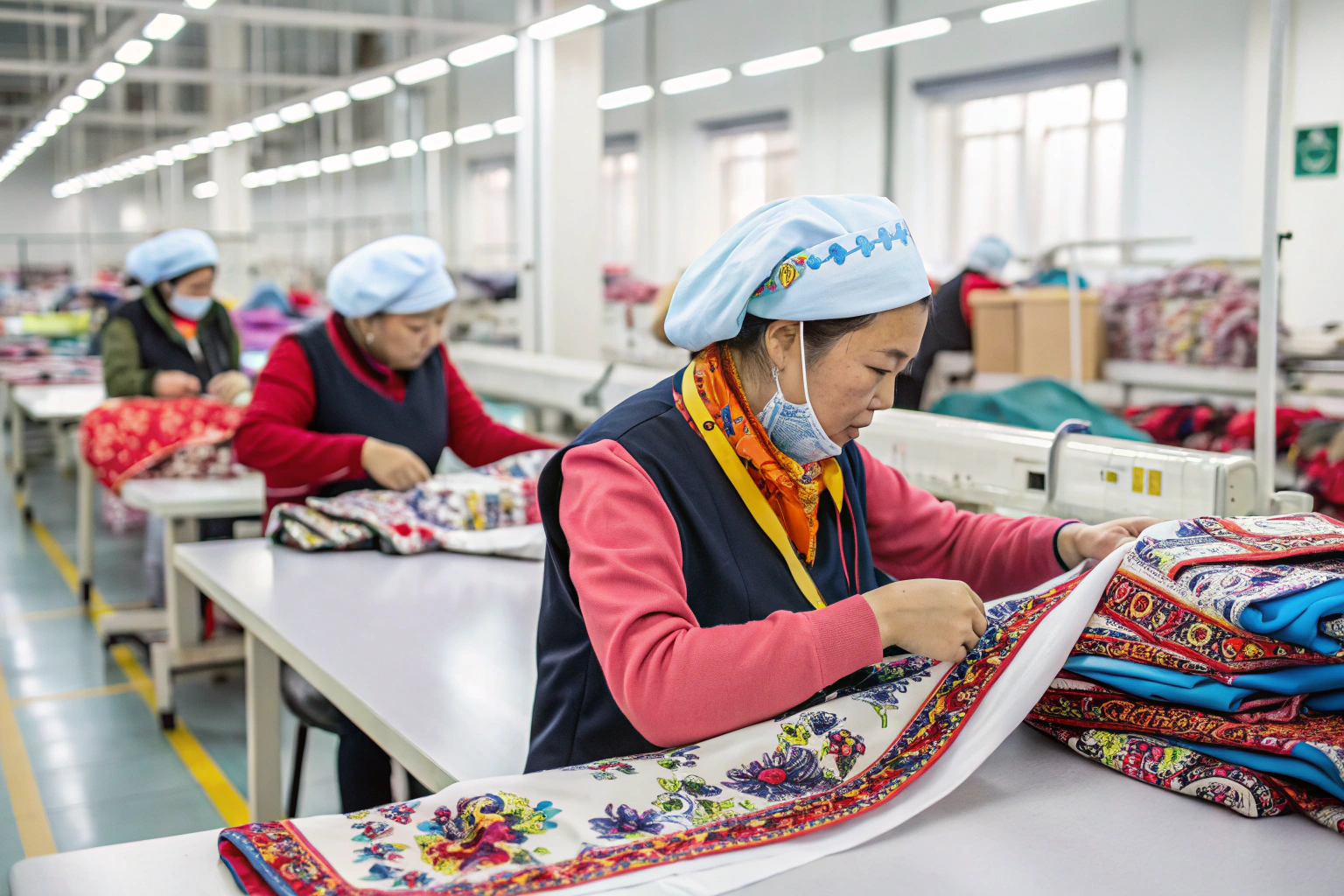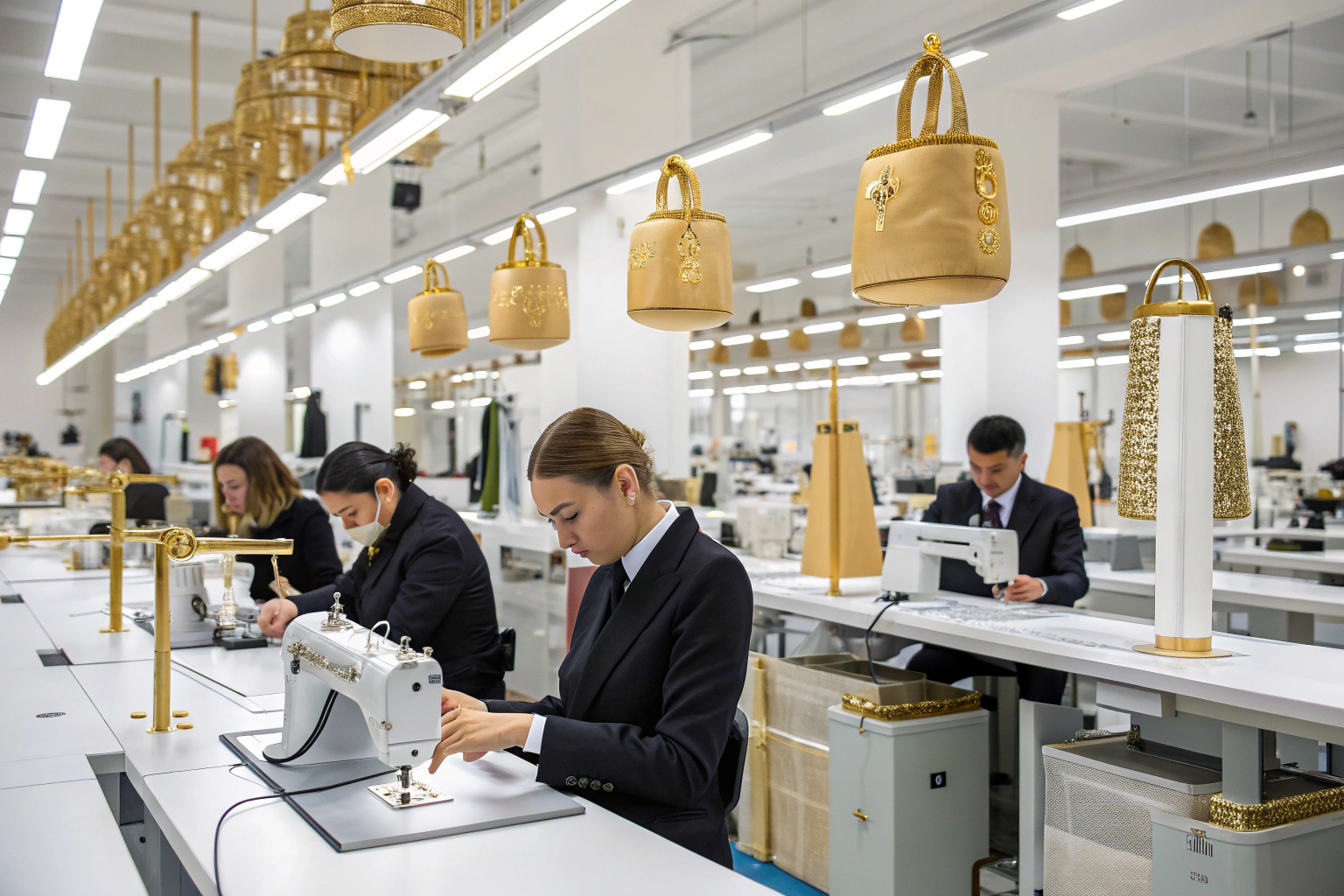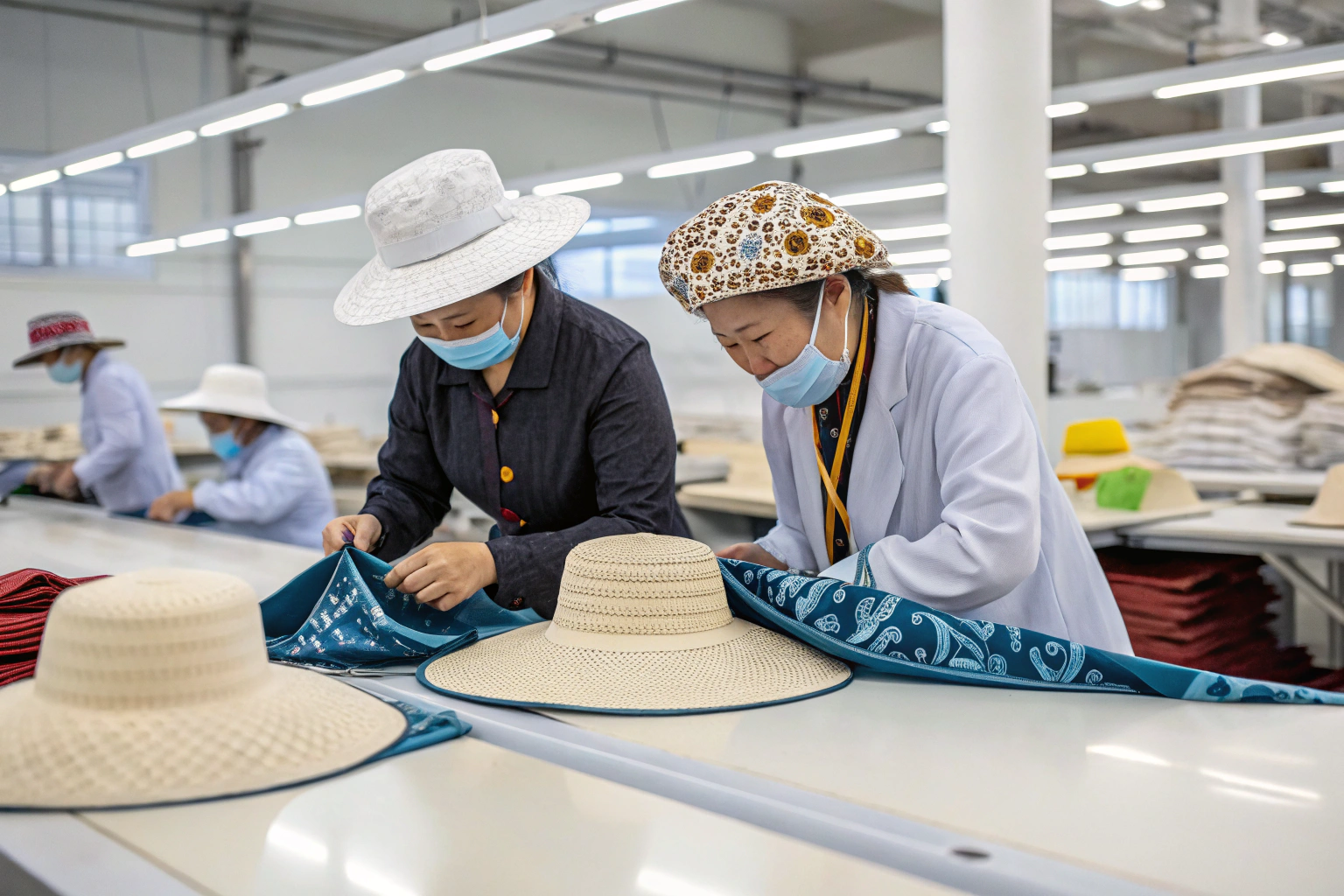Freight charges can quietly eat up your profit—especially if you’re importing lightweight but bulky accessories like hats, scarves, and belts. Many importers overpay without even realizing it.
To negotiate better freight rates from China, you need to understand your volume, work with multiple forwarders, compare Incoterms, and negotiate during off-peak seasons. Transparency and consistency in shipping habits also help secure discounts.
As a Chinese accessory manufacturer, we help our clients reduce shipping costs every quarter—not just by quoting lower rates, but by building smarter shipping strategies. Here's how you can do it too.
How can I reduce shipping costs from China?
Before negotiating anything, it's important to know what factors control your cost.
You can reduce shipping costs from China by optimizing packaging, choosing the right shipping method, consolidating orders, and using DDP logistics for small shipments to avoid surprise fees.
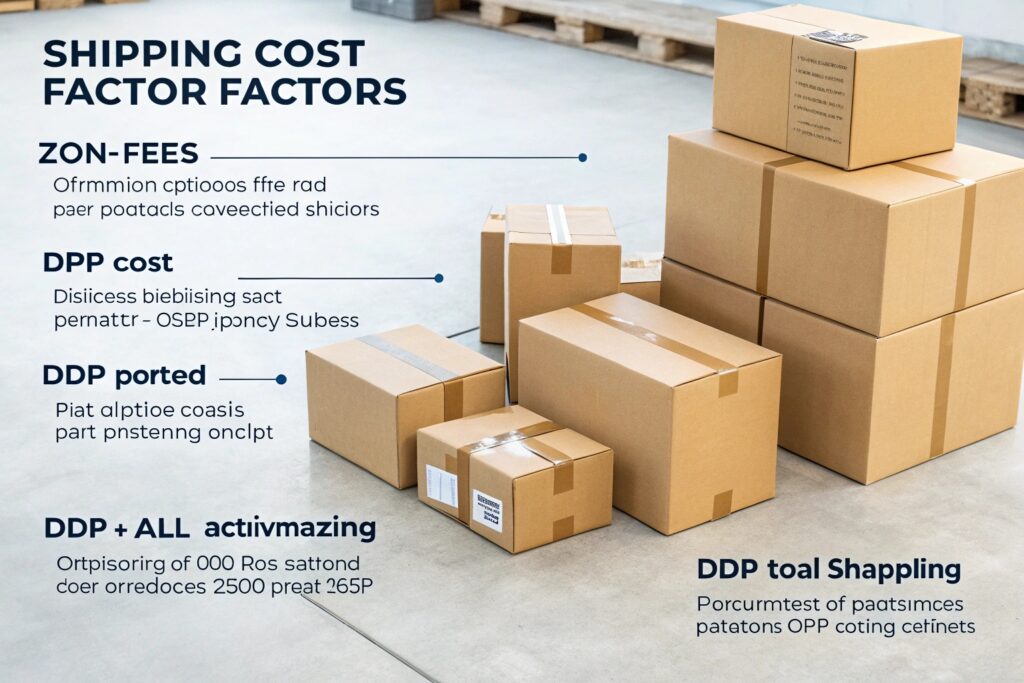
What strategies work best for small-to-medium accessory importers?
| Tactic | Savings Potential | Best For |
|---|---|---|
| Consolidated DDP shipping | 15–30% off courier | Hair clips, bands, small boxes |
| Use Sea + Final Mile | 40–60% off express | Hats, gloves, bulk cartons |
| Optimize carton size | 10–20% space savings | Belts, scarves |
| Batch orders monthly | Avoids partial LCL fees | Ongoing restocks |
One of our clients in Texas reduced their monthly shipping cost from $650 to $460 by switching from door-to-door air courier to DDP sea + UPS delivery.
We also group shipments with others going to the same region, helping everyone save.
How do you negotiate freight rates?
Negotiation isn't just about asking for lower numbers—it's about proving you're a reliable shipper.
To negotiate freight rates, contact multiple forwarders, know your shipping volume and frequency, request tiered pricing, and offer consistent orders. Use previous shipment data to show you're worth the discount.

What key points should you use during rate negotiation?
| Negotiation Lever | Why It Works |
|---|---|
| Monthly shipping forecast | Shows volume and builds loyalty |
| Flexible booking dates | Gives forwarder space efficiency |
| Delivery to warehouse | Simplifies final-mile coordination |
| Incoterm knowledge (FOB/DDP) | Reduces confusion & saves fees |
| Port selection flexibility | Helps forwarder reduce congestion risk |
We always tell our buyers to avoid using only one forwarder—and never accept the first quote without comparison. For instance:
- First quote (DDP air): $6.80/kg
- Our negotiated rate: $5.30/kg (same route, better schedule)
What else can you negotiate?
- Free pickup at factory
- Short-term rate locks
- Documentation fees waived
- Faster customs clearance for repeat cargo
Forwarders are more likely to offer perks when they know your goods are packed well, labeled clearly, and your documents are always correct.
How to get cheap freight from China?
The word "cheap" doesn't mean low quality—it means smart pricing for real value.
You can get cheap freight from China by choosing the right route, timing your bookings well, bundling shipments, and using DDP consolidation services that cover customs, taxes, and delivery in one package.

What shipping methods are cheapest for accessories?
| Shipping Method | Avg. Cost (per CBM/kg) | Ideal For |
|---|---|---|
| LCL Sea Freight | $80–150/CBM | 2–10 CBM of hats, belts, scarves |
| DDP Sea + Courier | $1–3/kg | Cartons of clips, gloves |
| DDP Air Parcel | $5–7/kg | Small restocks, light accessories |
| Rail Freight (EU only) | $100–180/CBM | Faster than sea, cheaper than air |
Our EU clients often use Yiwu–Duisburg rail for medium-sized glove orders. It's 40% faster than sea and costs half of air cargo.
We also help clients combine multiple SKUs into one master carton to reduce freight and customs fees.
What booking tips can save money?
- Ship in early Q3 or post–Chinese New Year to avoid high demand
- Book at least 2–3 weeks in advance to lock better rates
- Use factories near ports (e.g. Ningbo, Shenzhen) to cut inland transport fees
- Compare quotes in USD/kg and USD/CBM to choose best unit
By planning 30 days ahead and avoiding urgent shipments, you can easily cut shipping costs by 20% or more.
How to import from China with less shipping charges?
Sometimes, it’s not about reducing cost per box—it’s about reducing total freight spend.
To import with less shipping charges, build long-term volume, share containers, optimize packaging design, use Incoterms that shift cost to suppliers, and pick reliable freight forwarders with clear cost structures.
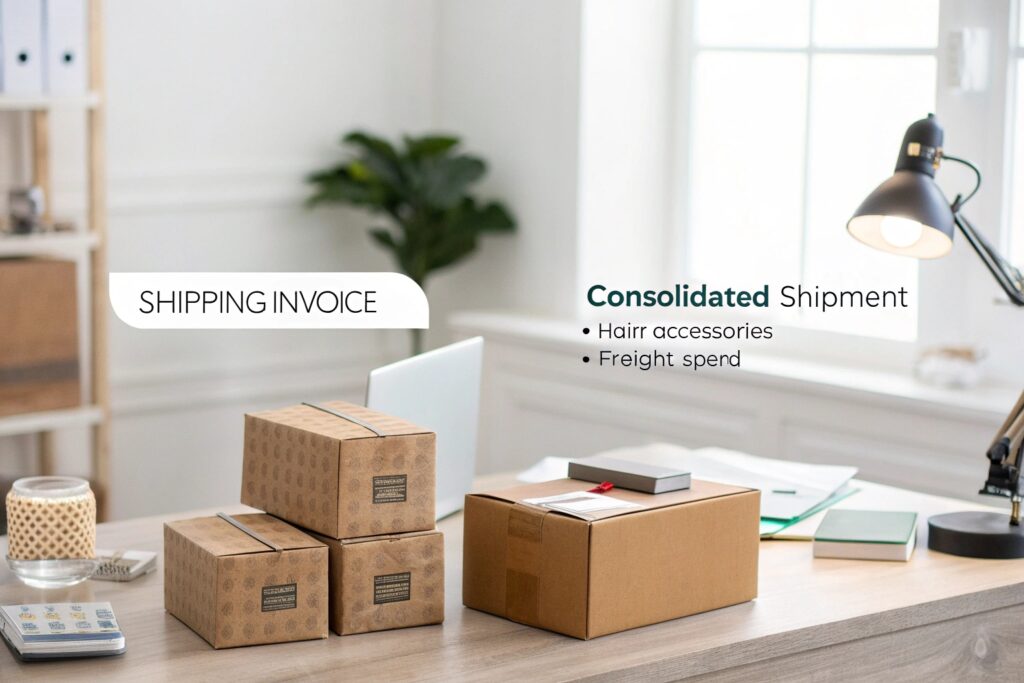
What are the most overlooked ways to reduce total import costs?
| Method | Benefit |
|---|---|
| Use FOB Ningbo instead of EXW | Supplier covers inland logistics |
| Ship on fixed monthly schedules | Avoids LCL surcharges |
| Join consolidation programs | Reduces deconsolidation fees |
| Avoid over-packaging | Saves dimensional freight weight |
One of our New York-based clients reduced total shipping spend from $8,600 to $5,900/quarter by:
- Switching from 3 air shipments to 1 LCL sea + 1 DDP air
- Flattening scarf packaging to reduce CBM by 30%
- Reusing cartons labeled for direct-to-retail
How can we help you import smarter?
- Provide pre-ship cost calculators
- Compare FCL vs LCL vs Air for each batch
- Track shipping trends and predict price spikes
- Offer DDP shipping to eliminate hidden port fees
We believe shipping shouldn’t be the most expensive part of your accessory business—and with the right planning, it won’t be.
Conclusion
Getting better freight rates from China is about knowledge, timing, and strategy—not just luck or volume. With the right negotiation tactics, smarter shipment plans, and a reliable supplier by your side, your accessories can travel the world at the best possible price.



